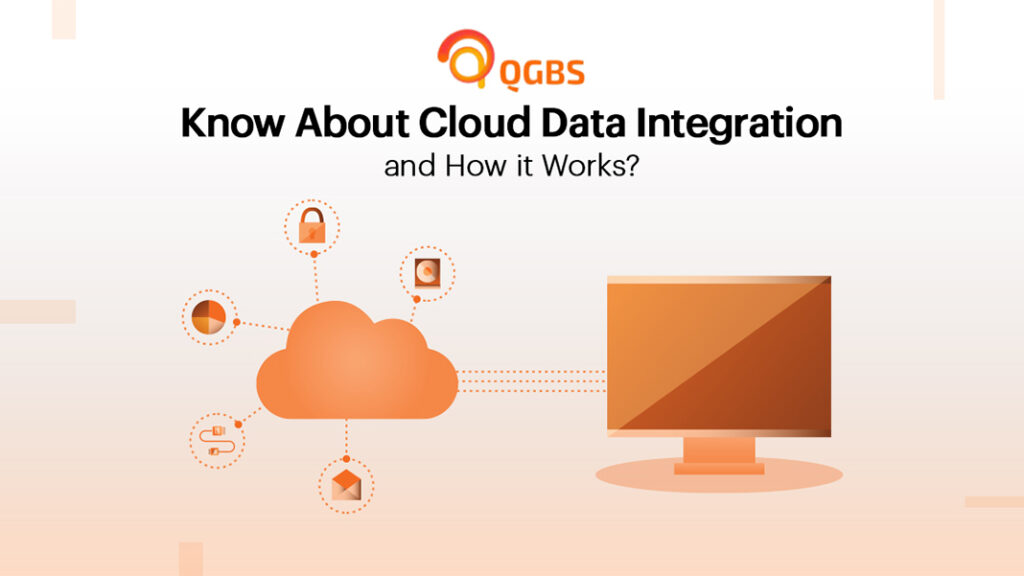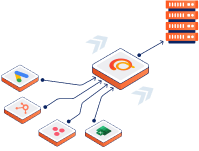
In today’s digital era, almost all businesses are relying on data to drive decision making so that the customer experience can be enhanced & operations can be streamlined. At that point, cloud data integration has become a critical component that organizations can use if they are looking to leverage their data assets effectively.
But, even after knowing about this, people do have little idea and are not familiar with the way this process works. So, for their help & to offer them convenience, we are here with this blog. Here, everyone will get a chance to explore the concept of cloud data integration, it’s importance & even how it works.
Let’s get going to explore the detailed post to grab more information:
Table of Contents
This is the process of combining data from different sources, like cloud-based & on-premises, into a unified view. Because of this, it allows organizations to have a comprehensive & real-time perspective on their data, which results in offering better insights & decision making.
Have a look here to learn about the importance of cloud data integration:
As, we have understood what cloud data integration is, let’s move on to learn about what cloud data warehouse solutions are:

This specialized database is tailored for analysis and business intelligence, residing on cloud infrastructure. Unlike traditional data warehouses, it requires significant upfront hardware investment and ongoing maintenance to ensure optimal performance and scalability. The cloud-based setup offers advantages such as flexibility, scalability, and accessibility, enabling efficient data management and real-time analytics.
However, its initial costs and maintenance demands underscore the importance of strategic planning and resource allocation to leverage its full potential for informed decision-making and business growth initiatives.
This implies that companies can now scale their computing and storage capacity in accordance with demand and only pay for what they really use.
Almost everyone now understands integration & data warehouse. Let’s have a look to learn about the step-by-step process:
This is the first & foremost step that helps everyone extract data from various sources. The specific step is done through:
Once the extraction is done with the help of various sources, there is a need for data to undergo transformation processes to ensure proper consistency & usability. This involves:
Now, as the transformation of data is completed & it is transformed, this gets loaded into a target system such as data warehouse, data lake, or cloud storage. Other than this, data loading can be done in batches that undergo continuous data streams.
Like other steps, this one is also the important step that ensures data remains consistent across different systems. This can be achieved through:
The above information successfully delivers this information to everyone that cloud data integration is a powerful enabler for businesses looking to harness the full potential of their data.
So, you should remember this information & if want more help then you can look for the help of professionals by contacting us.